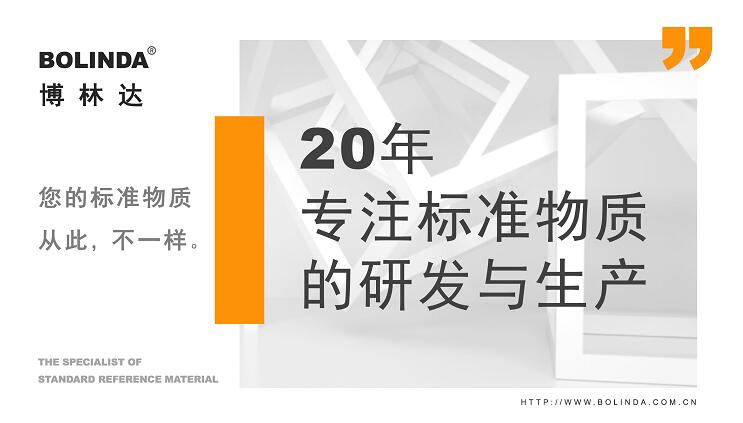2020-03-19 10:58:42
A standard solution is a solution used in titration analysis to determine the purity and impurity content of chemical reagents and chemical products. The national standard (GB 601-88) has made detailed and strict regulations on the preparation and calibration method of standard solution for titration analysis, and must be strictly implemented when preparing and calibration of standard solution. The following is a small edition of Bolinda to introduce the precautions for calibration solution.
Notes for calibration solution:
1, the purity of the water must meet the analysis requirements, generally with distilled water or deionized water can be; Special treatment must be done when there are special requirements, such as resteaming, heavy ion exchange, heating and boiling.
2. The recording sensitivity of the analytical balance is 0.1mg, the variability is not more than 0.2mg, and the deviation is not less than 0.4mg.
3, standard titration solution calibration, direct preparation and use of analytical balance, weight, burette, pipette, volumetric bottle, etc., should be corrected on time, generally once a year, glass measuring device, before use, wash the liquid (without hanging water).

4. When weighing the reference material, the said quality should meet the error requirements. When the mass to be weighed is less than or equal to 0.5g, weigh accurately to 0.01mg; When the mass to be weighed is greater than 0.5g, weigh accurately to 0.1mg.
5, titration, the volume consumption of the standard solution to meet the error requirements. And in the calibration and use of standard titration solution, the titration speed should generally be maintained at 6ml/ min-8ml /min per minute.
6, the calibration standard, the solution concentration, should be carried out at a certain temperature, generally 20℃. If the calibration of the non-specific temperature, should be corrected in accordance with Appendix A, the use and calibration temperature is best similar, the general calibration temperature and the use of the temperature difference stipulated as: 0.1mol/L standard solution should not be greater than 10℃, 0.5mol/L and 1.0mol/L standard solution should not be greater than 5℃.
7, calibration of the concentration of the standard solution, two people must conduct the experiment, respectively, do four parallel. The relative value of the range of the four-parallel test results for each person shall not be less than 0.15% of the relative value of the repeatability critical range [CrR95(4)], and the relative value of the range of the eight-parallel test results for two people shall not be greater than the relative value of the repeatability critical range [CrR95(8)] of 0.18%. The average value of the two-person eight-parallel measurement results was taken as the measurement result. Keep five significant digits in the operation process, limit the result to take four significant digits.
8. The extended uncertainty of the mean value of the standard titration solution concentration should generally not be greater than 0.2%.
9. When preparing 0.02mol/L standard titration solution with lower concentration, the standard titration solution with different concentration should be diluted with boiling and cooling water before use, and re-calibrated if necessary.
10, the concentration value of the preparation of standard titration solution should be within the range of ±5% of the specified concentration value.
11, once the standard solution is removed, it must not be put back into the original envy.
12, iodimetry reaction temperature should be controlled at (15℃ -25 ℃) storage time generally not more than two months. When turbidity, precipitation, color change and other phenomena are found, the use should be stopped immediately and reformulated.
The above content is the introduction of the precautions for calibration solution, in addition, the validity period of the standard solution should be specified according to the nature of the solution, storage conditions, and actual use. The national standard (GB 601-88) stipulates that the storage time is generally not more than two months at room temperature (15-25 ° C).





